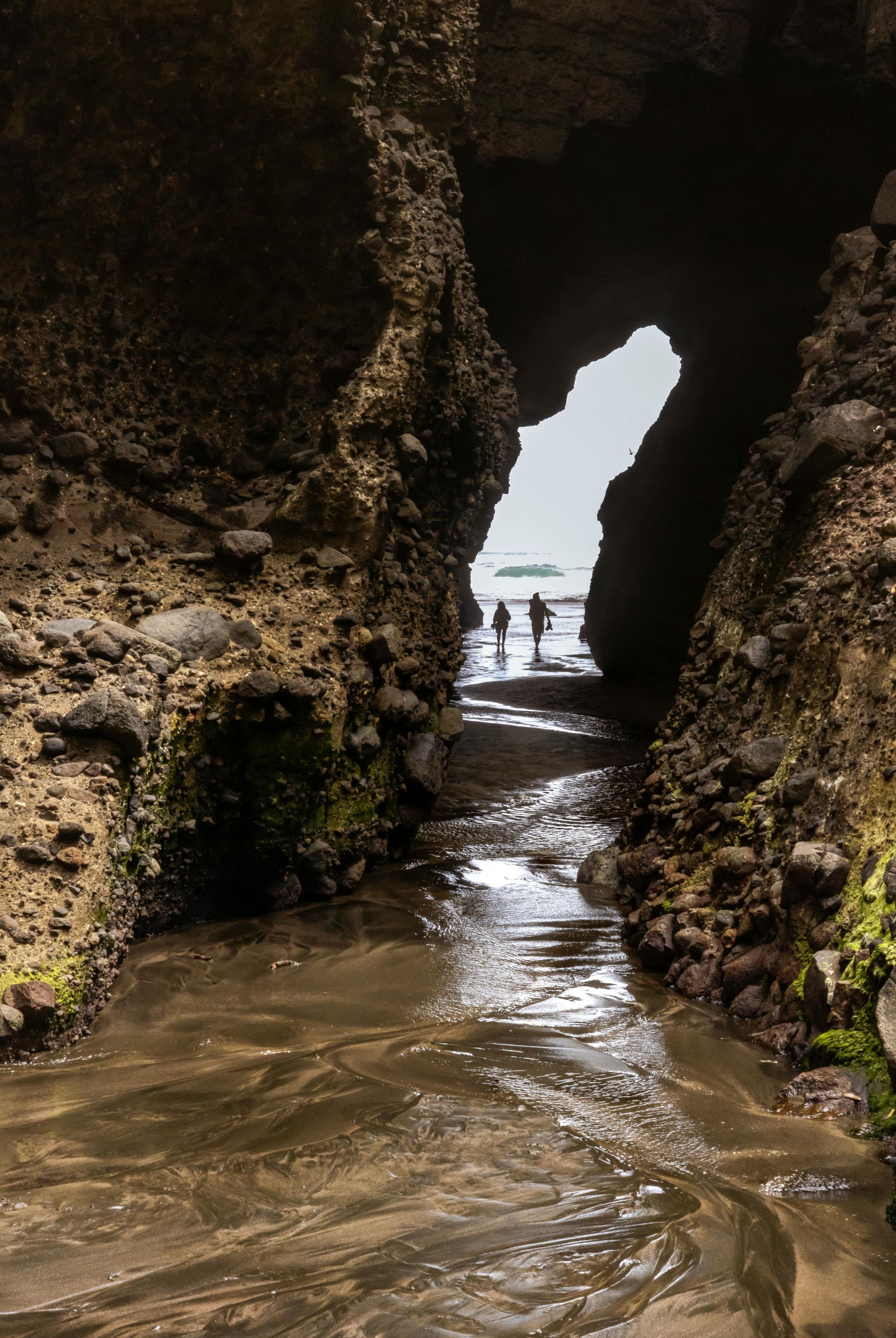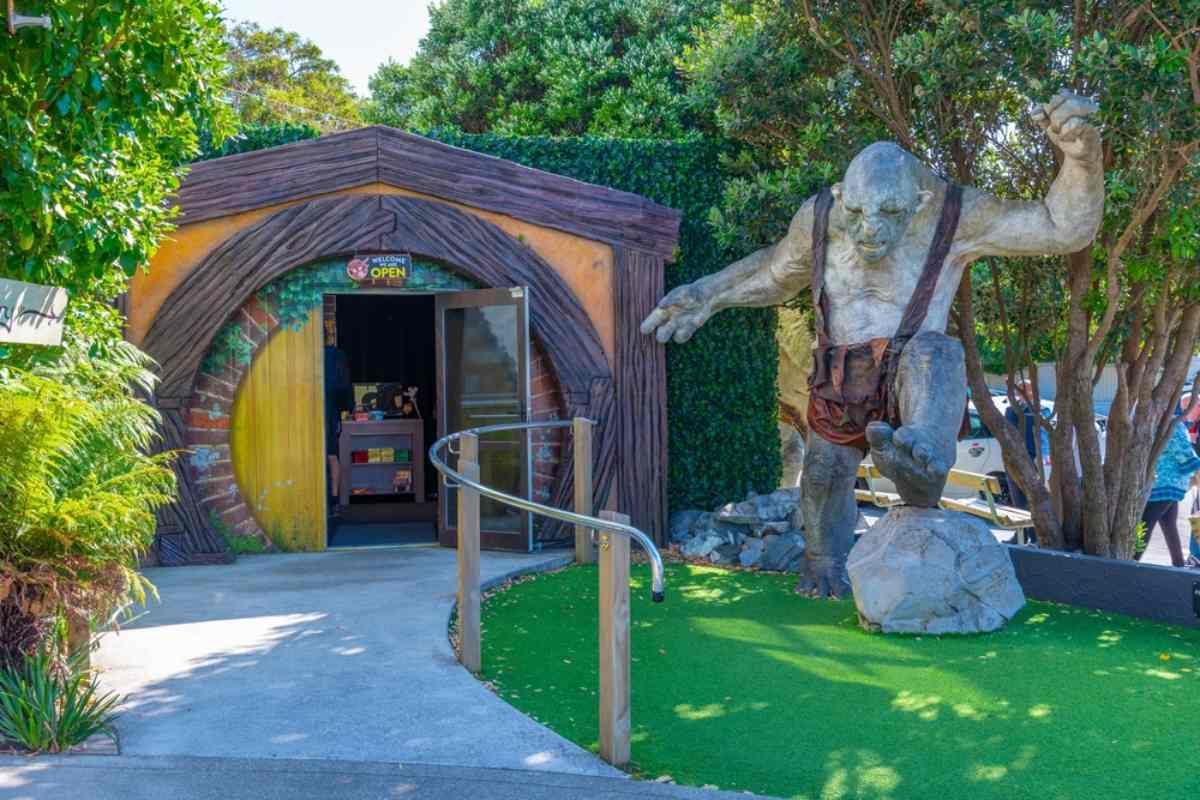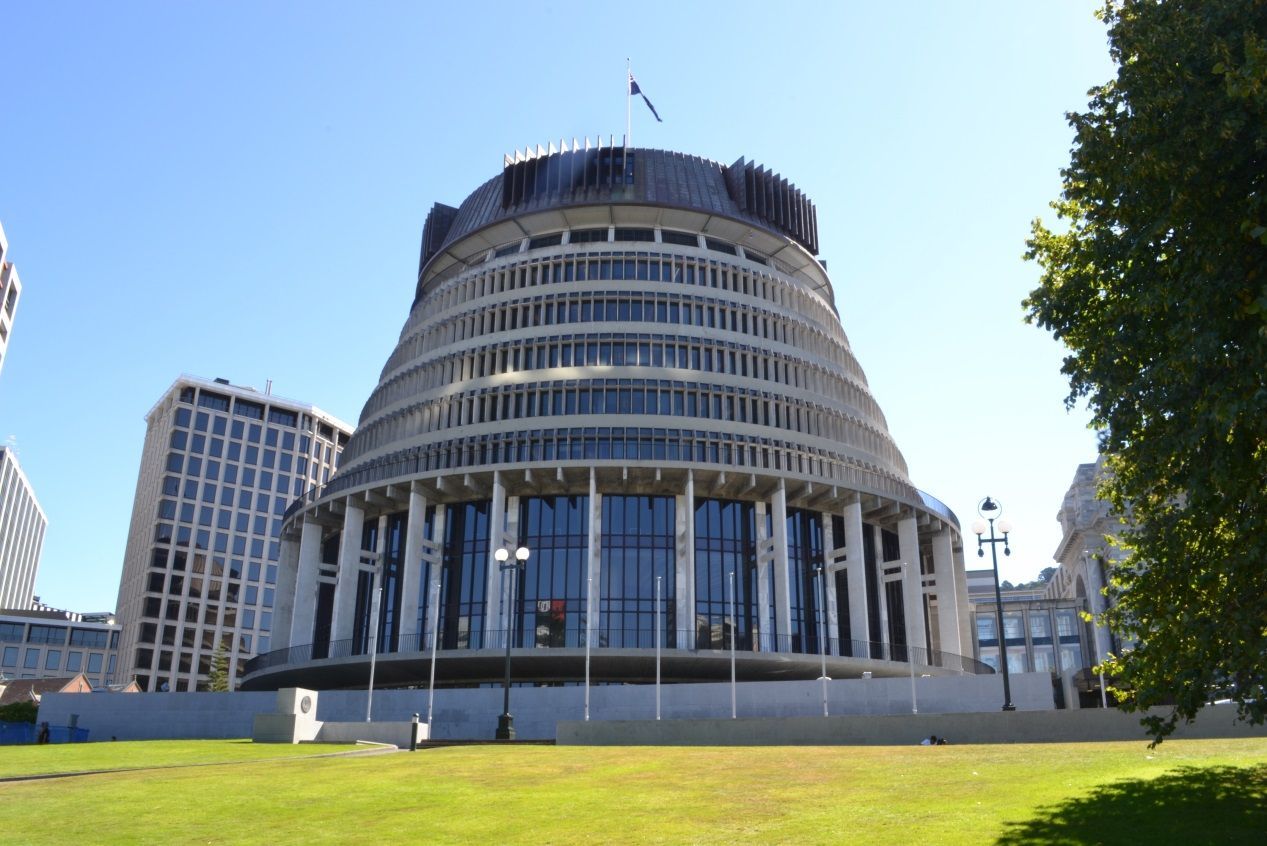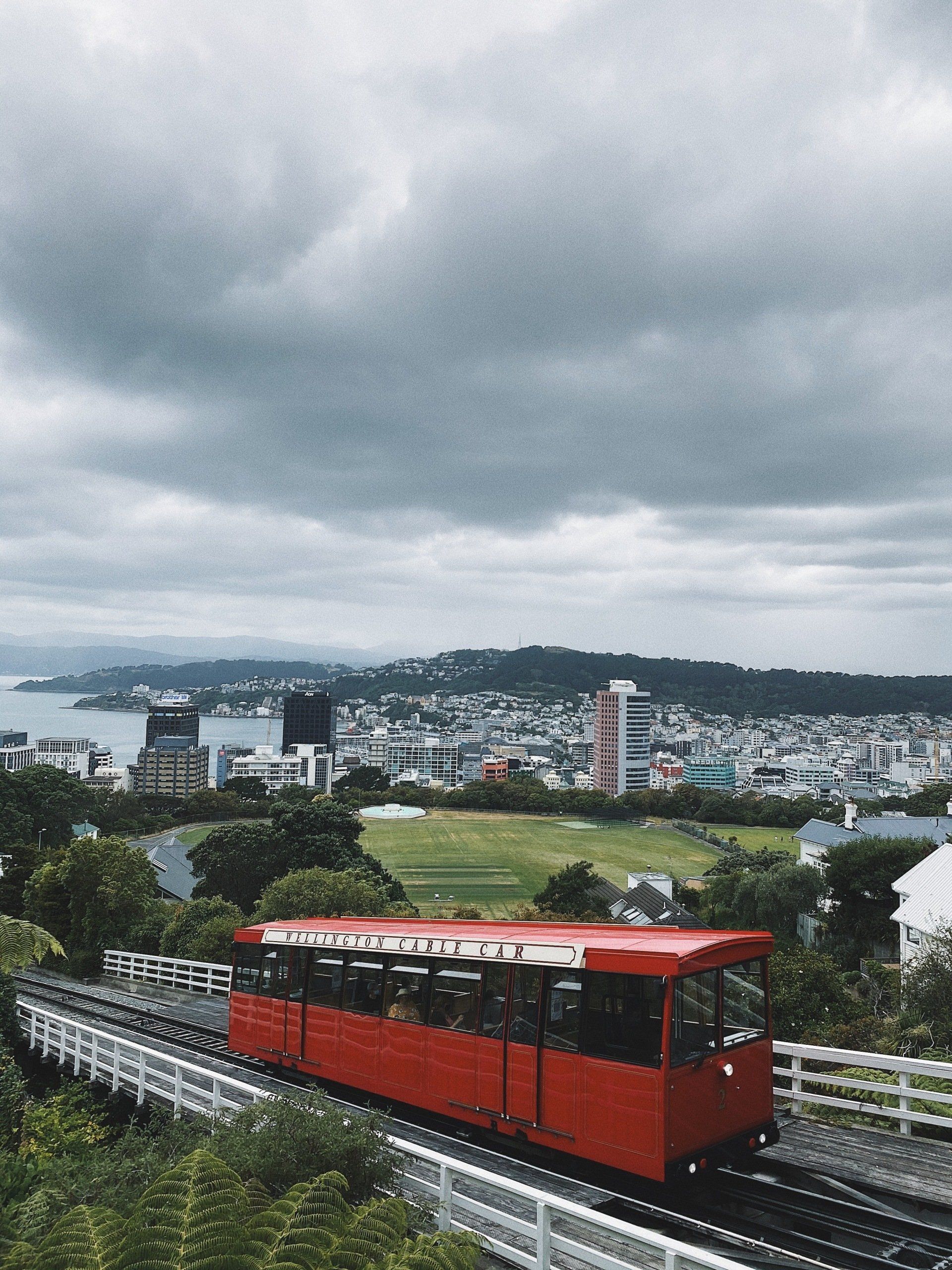Ring of fire fault line in New Zealand
New Zealand's Fiery Heart: Understanding the Ring of Fire Fault Line

New Zealand's breathtaking landscapes, from towering mountains to bubbling geothermal pools, are a direct result of its location on the volatile Ring of Fire. This zone of intense geological activity encircles the Pacific Ocean, and New Zealand sits squarely within it. Understanding the Ring of Fire's influence is crucial to appreciating the country's dynamic environment and preparing for its natural hazards.
What is the Ring of Fire?
The Ring of Fire is a horseshoe-shaped belt of volcanoes and earthquake epicenters that stretches around the Pacific Ocean. It's caused by the movement of tectonic plates, where the Pacific Plate collides with other plates, leading to subduction (one plate sliding beneath another). This process generates magma, fueling volcanoes and triggering earthquakes.
New Zealand's Place in the Ring of Fire:
New Zealand straddles the boundary between the Pacific Plate and the Indo-Australian Plate. This collision creates significant geological activity, including:
- The Alpine Fault:This major strike-slip fault runs along the South Island's spine, marking the boundary between the two plates. It's capable of producing large, destructive earthquakes.
- The Taupo Volcanic Zone:Located in the North Island, this zone is a hotspot of geothermal activity and volcanism. It includes active volcanoes like Tongariro, Ngauruhoe, and Ruapehu, as well as the supervolcano of Lake Taupo.
- Geothermal Activity:New Zealand's abundant geothermal areas, like Rotorua and Taupo, are a direct result of the Ring of Fire. Hot springs, geysers, and mud pools are surface expressions of the intense heat beneath the earth's crust.
- Earthquakes:New Zealand experiences frequent earthquakes, ranging from minor tremors to powerful events. This is a constant reminder of the country's location on the Ring of Fire.
Impacts and Considerations:
- Natural Hazards: The Ring of Fire poses significant natural hazards, including earthquakes, volcanic eruptions, and tsunamis.
- Geothermal Energy: New Zealand harnesses its geothermal resources for electricity generation, providing a sustainable energy source.
- Tourism: Geothermal areas and volcanic landscapes attract tourists from around the world.
- Earthquake Preparedness: It's essential for residents and visitors to be prepared for earthquakes and other natural hazards.
Exploring the Ring of Fire in New Zealand:
- Visit Rotorua's geothermal parks to witness geysers, hot springs, and mud pools.
- Explore the Tongariro National Park, home to active volcanoes and stunning landscapes.
- Learn about the Alpine Fault at the Hokitika Museum.
- Stay updated on earthquake and volcanic activity through GeoNet.
Conclusion:
New Zealand's position on the Ring of Fire shapes its dramatic landscapes and presents both opportunities and challenges. By understanding the geological forces at play, we can appreciate the country's dynamic environment and prepare for its natural hazards.
Call to Action:
- Learn more about earthquake preparedness in New Zealand.
- Plan your visit to New Zealand's geothermal regions.
- Share your experiences with New Zealand's natural wonders in the comments below!
- Visit Geonet for up to date information.















